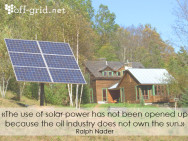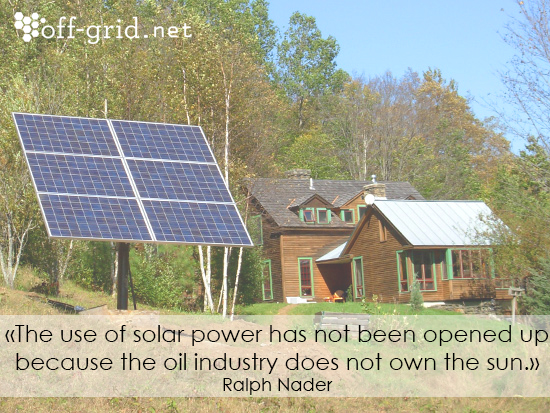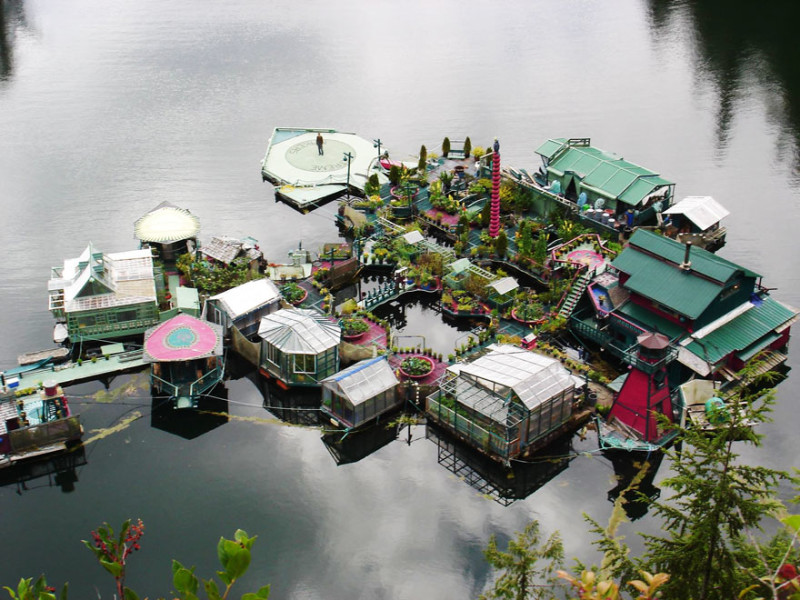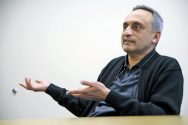
Cobertizos Solares en Venta
UNITY, Maine – 11 de abril – Para Joas Hochstetler, gerente de Backyard Buildings , propiedad de los Amish , la idea de fabricar un cobertizo solar equipado con paneles solares siempre estuvo en el fondo de su mente.
Después de todo, como parte de su misión, la familia de Hochstetler y otras personas de la comunidad Amish que se han asentado en Unity utilizan la tecnología de energía solar de varias maneras, desde encender las luces de sus vagones hasta cargar las baterías de las herramientas eléctricas.
“Solar es bastante pasivo, no tiene partes móviles, no es necesario alimentarlo, no consume gas”, dijo Hochstetler. “Ya hemos tomado la decisión de no estar en la red […] así que los beneficios de la energía solar para nosotros son infinitos”.
A pesar de las percepciones de que las comunidades Amish desconfían de la tecnología, la tecnología de energía solar fuera de la red ofrece una forma para que los miembros de la comunidad permanezcan fuera de la red eléctrica principal de una manera que sea mínimamente intrusiva para su estilo de vida. Hochstetler dijo que los Amish fueron algunos de los primeros en adoptar la energía solar.
Así que cuando Matt Wagner de Insource Renewables se le acercó en enero sobre la formación de un cobertizo que estaba equipado con la misma tecnología solar que se encuentra en los sistemas tradicionales montados en el techo, se vendió Hochstetler. Después de todo, los cobertizos que fabrica ya tenían energía solar, en el sentido de que la energía solar es su única fuente de energía.
“Ya hablamos de eso pero no teníamos una compañía confiable con la que colaborar ni la experiencia solar”, dijo Hochstetler. “Me gusta el principio de la energía solar, así que con mucho gusto trabajaré en un campo que generará más energía solar para el estado”.
Durante los últimos seis años, Backyard Buildings ha estado fabricando una amplia gama de estructuras portátiles que incluyen almacenes de diferentes tamaños, refugios para animales e incluso pequeñas cabañas. En algunos casos, Insource Renewables fue contratada por clientes de Hochstetler’s para instalar bombas de calor en grandes cobertizos que habían comprado con la intención de utilizarlos como campamentos fuera de la red.
Wagner inicialmente propuso la idea de simplemente colaborar en la instalación de bombas de calor en algunos de los edificios antes de que se vendieran, y la idea se transformó rápidamente en estructuras tipo almacenamiento con paneles solares montados en el techo.
Para ambas partes, la oportunidad de trabajar con otra compañía local para llevar una nueva opción de energía solar a sus clientes fue una gran ayuda. “Lo que encontramos es que básicamente podemos entregar la matriz solar del mismo tamaño que pondríamos en el techo de alguien en este edificio solar [cobertizo] por el mismo costo, y obtienes este gran cobertizo. Es una especie de pan comido “, dijo …


 Handelsblatt Global Edition
Handelsblatt Global Edition










